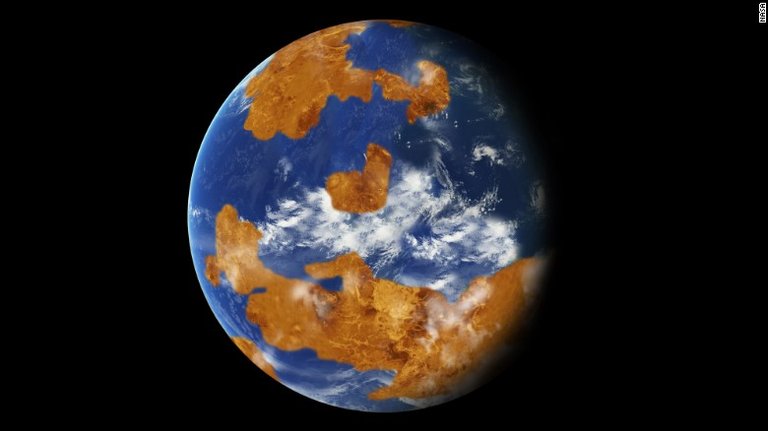
Imagine a mostly dead planet with a heavy, toxic atmosphere 90 times thicker than ours and surface temperatures that reach 864 degrees: hot enough to melt lead.
That would be Venus, often called Earth's twin because they're similar in size. You couldn't live there if you wanted to.
But 3 billion years ago, things might have been different, according to a new study.
Scientists at NASA's Goddard Institute for Space Studies in New York took computer modeling that has predicted future climate change on Earth and applied it to Venus with the hopes of revealing what the young planet was like.
What they discovered made Venus seem a little friendlier and more like our own planet. They believe it had a shallow ocean and hospitable surface temperatures slightly cooler than Earth's for possibly 2 billion years of its early history. Big puffy clouds would have created overcast days that shielded the surface from heat and radiation.